Suppose you are a novice driver; perhaps there are some aspects of your car that you may take for granted. Or, maybe, you don’t know much about it. Take the OD feature, for instance. What does this mean if you see the O/D OFF light flashing on and off on your dashboard?
When the O/D Off light appears, your car’s OverDrive has been turned off. By pressing the button on or near the car’s shifter, you disable the Overdrive (OD). This prevents the vehicle from shifting into a higher gear when you don’t need it while driving at slow speeds.
OD or overdrive is a feature installed in vehicles designed to maintain fuel efficiency at high speeds. The OD OFF light indicates whether the OD is in operation or not.
Read on to learn more about O/D Off, how you turn it on, its impact on fuel efficiency, etc.
O/D Off – What Does It Mean?
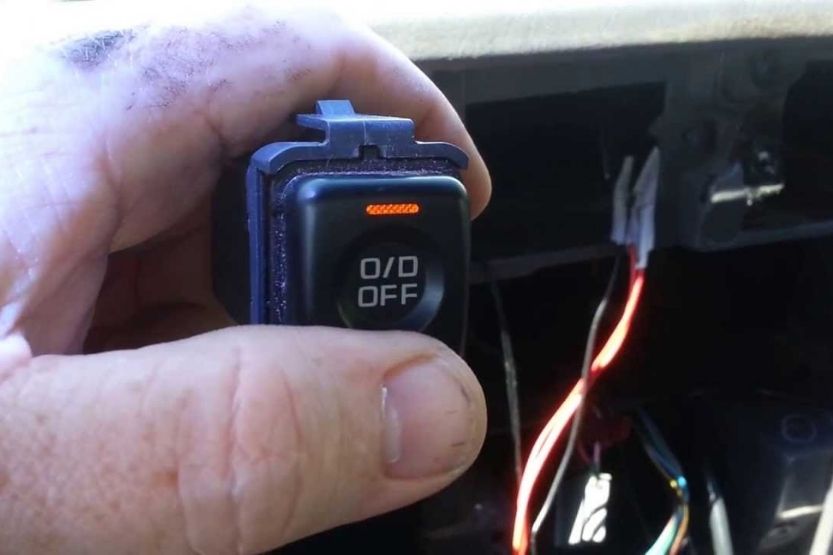
OD or overdrive is a feature installed in cars designed to maintain fuel efficiency at high speeds. The OD OFF light indicates whether the OD is in operation or not.
The O/D Off light means that the car’s OverDrive has been turned off. You likely disabled the Overdrive (OD) by pressing the button near the shifter. This prevents the vehicle from shifting into a higher gear when you don’t need it while driving at slow speeds.
What Is OD and Its Function
Before you learn the meaning of OD OFF, you must first know what OD is. OD, which stands for overdrive, is the highest gear in an automatic transmission. It enables you to drive faster while reducing the rpm (revolutions per minute). That way, it makes the car more fuel-efficient.
OD Gear Ratio
Unlike low gears, the gear ratio of overdrive is less than 1.0:1, which means that the car’s wheels rotate more with every engine rotation.
Plus, it maintains a low engine RPM and a high speed simultaneously, resulting in better fuel mileage. Lastly, it reduces stress on the engine and prevents the suspension system from wearing or cracking.
What Does O/D Off Mean
Usually, modern transmissions will have two or more OD gears at the top of their gear range. Turning off the overdrive will keep the engine from using the gears.
On most vehicles, there is a button often located on the side of the gear shifter. This switches the overdrive on or off. Usually, this button will have the letters “OD” or an icon depicting a vehicle going up or down a hill.
Introduction of O/D to the Public
Most vehicles, both automatic and manual transmission, are equipped with O/D.
OD was introduced in 1934 as a separate system employed in three-speed transmissions. It enabled drivers to engage overdrive manually while in 2nd or 3rd gear at cruising speed.
Turning off the gas pedal will automatically switch some cars to overdrive gear. Then, pressing the accelerator again disengages it. This feature would last until around the 1980s.
As the decades passed, the increase in vehicle speeds had made it necessary to develop safer and more efficient ways to travel on the road. Since then, the overdrive gear has become an inherent part of the naturally engaged transmission during regular shifting.
O/D in Vehicles with Automatic and Manual Transmissions
There is a difference between the overdrive in an automatic and a manual transmission. A modern car with an automatic transmission will naturally shift into its OD gears as necessary. In a car with a manual transmission, the driver will shift into overdrive naturally once it reaches high speeds.
The overdrive in older cars was engaged using a lever. The modern OD needs no additional action to be engaged in normal driving.
How to Activate and Deactivate the Overdrive Feature
Deactivate Overdrive Gear
If you press the button and the O/D OFF light comes on, the overdrive gear has been deactivated. While the OD is turned off, the transmission will not operate in the highest gear. Your car will rely on the lower gears to increase traction, ensure safety, and save on fuel.
Activate Overdrive
If the OD is turned back on, the O/D OFF light will turn off. This means that the overdrive is activated, allowing you to accelerate over the limit once more.
There is sometimes confusion among drivers about whether the O/D Off light turning on means the overdrive is on or off. To be clear, if the O/D Off lights up, it means the OD is off. If O/D Off is not lit, the OD is on.
Alternative Method to Determine Whether OD Is On
Another way to determine if the OD is on or off is to observe if the engine speed increases as the vehicle approach the highway. If there is a rise in engine speed after engaging overdrive, then OD has engaged. But if the engine speed increases, the OD switch is activated.
Is It Safe to Drive with OD Off/On?
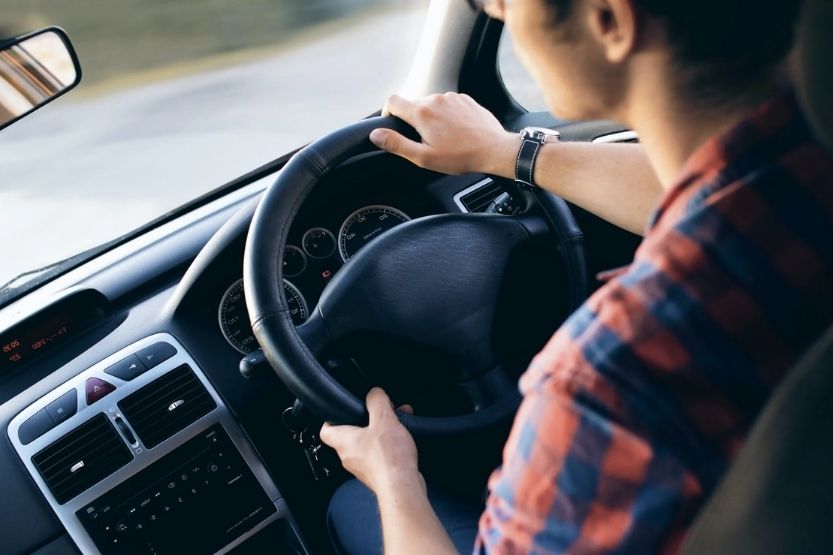
Driving with the OD off is safe and, in certain situations are advisable, including the following:
- Speeding below 50 mph,
- Towing trailers,
- Going uphill, or
- Driving through rugged terrain.
It is suggested to move slowly and make good use of the traction. That way, you will ensure your safety while driving.
O/D Off Is Advantageous on Rough Roads
Driving with O/D Off may be an advantage on rough roads. But it may not be too suitable for traveling on the highway or favorable terrain in general. Although maintaining an average speed will keep you safe, you may consume more fuel. You may not get a good driving experience either.
When Should You Turn OD Off/On
On by Default
The OD is on in an automatic transmission car and is left on for most driving situations by default. This enables your vehicle to use all the available gears, the highest ones included. OD maximizes fuel economy and maintains noise, vibration, and harshness at a tolerable level.
In Manual Transmission Car
In a manual transmission car, drivers use the OD gears to shift to higher gears at higher speeds.
Turn on OD When Driving at High Speed
A good driver would know when to and when not to drive on overdrive. Before you decide to turn your overdrive on or off, you should carefully determine the situations wherein you may need it. For instance, if you are driving at high speed and the engine gives off high RPMs.
OD Off When Driving at Speed Lower Than 50 mph
But if you are traveling in the street or driving at a speed lower than 50 mph, it would be better to keep the OD off. You would also usually turn off the OD if you need to suddenly decelerate from four to three when you’re passing a car.
Again, what does O/D Off mean? The O/D Off button prevents your car from shifting into overdrive (OD). This will help you to tow a trailer, climb a hill, or other instances wherein you don’t want your car in the highest gear.
Advantages of Using the OverDrive Feature Down the Highway
1. Save Fuel and Reduce Engine Noise
Speeding through the highway with the OD on will not just give you more driving enjoyment. But it will also save on fuel and reduce engine noise. It is particularly favorable to use OD when driving at high speeds of roughly over 50 mph. With the OD off, traveling at this speed would increase the RPM and cause strain to the engine.
2. Reduce RPM and Alleviate Engine Pressure
Turning the OD on will reduce RPM and alleviate engine pressure. Driving with the OD off is suited for going uphill. But turning the OD on when driving downhill keeps the engine from straining by keeping the RPM above idle.
3. Help Maintain a Reasonable Speed
The OD will remain on by default until you decide to shut it off. Because of this, it would be helpful to maintain a reasonable speed. This is whether you’re driving on a normal road or a highway.
Therefore, it is advisable to actively use the superior driving mode during normal driving. Using this function efficiently will extend the life of your vehicle’s engine. Also, it will reduce the stress on the powertrain.
Does O/D Off Save Gas
Every type of vehicle comes with its fuel economy rating. When you drive over that limit, you will only be consuming more gas.
Many drivers have a misconception that turning the OD off will save gas. But the truth is that when you drive with the OD out, you will hardly be saving any more fuel than when you have the OD on.
It is difficult to save on fuel with the OD off, especially when driving uphill. As your car increases traction, it will consume more gas.
The OD function enables you to drive faster, rapidly increasing RPM rate and minimizing gas consumption. This is also why many people prefer to drive automatic transmission vehicles that come with the OD feature.
What Are the Benefits of OD?
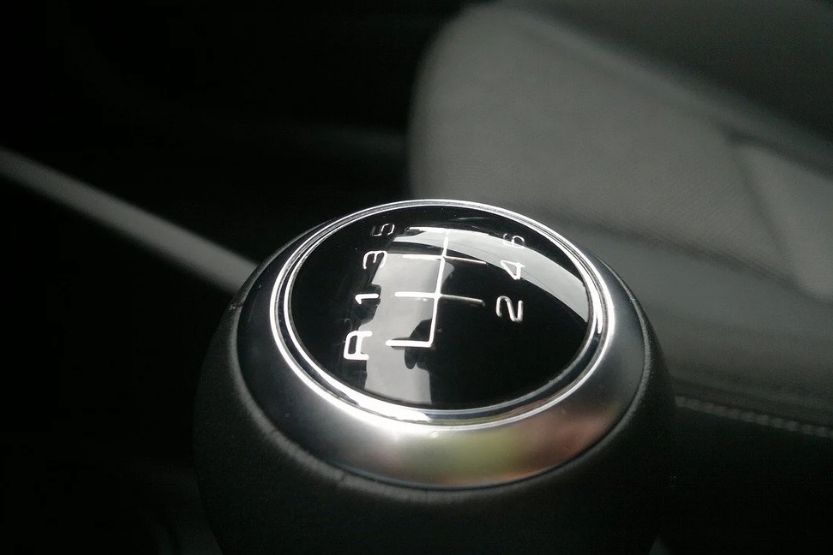
OD has several benefits. Some of these are the following:
- Fuel Efficiency
- It Saves Your Car Brakes
- Minimizes Pollution
- Extends Lifespan of Car Parts and Accessories
1. Fuel Efficiency
The OD feature holds several benefits that motorists may not realize. For one thing, it helps your car to consume better fuel for trips on the highway. The car will shift automatically into 5th gear above the speed limit if this mode is enabled.
2. It Saves Your Car Brakes
Overspeeding also saves brakes when you’re slowing down. This is because braking is done in fewer revolutions. It will cause the brakes to wear much slower and prolong their life.
3. Minimizes Pollution
If you truly understand and use the OD feature effectively, you will reduce the amount of pollution. Your car will have up to 1/3 fewer emissions than using a conventional transmission.
4. Extends Lifespan of Car Parts and Accessories
Besides these, the OD is also beneficial in extending the life of your car’s various accessories. These accessories include the following:
- Steering pump,
- Water pump,
- Smoke pump,
- Generator, and
- Air conditioning compressor.
How Do You Turn the OD Off
Although it is sensible to keep the OD on, turning it off when dealing with rough terrains is good. The same applies to driving through bumpy roads and going up or downhill.
The O/D Off button is usually located on the gear shift lever. The indicator light that says O/D OFF will tell you if the overdrive is activated or not. If the light is not on, then the OD is in operation. If the light is on, the OD is not.
There are non-engineered vehicles that don’t come with an O/D Off button. You will need to select a lower gear manually to turn the overdrive on or off. For automatic transmission vehicles with manual gear shifts, you may switch to any lower gear to disengage the OD. These include those that come with paddle shifters.
When Should You Turn OD Off?
There are a few cases where you may need to turn the overdrive function off. These include the following:
- Driving Without Using High Gear
- Shifting to a Lower Gear
1. Driving Without Using High Gear
If you are driving on challenging roads or if you have no need to accelerate, it is suggested that you turn the OD off. In particular, if you are ascending or descending a hill, the OD function won’t be effective on mountainous terrain.
But if you turn the OD off, you will have more stability when you step on the brake or gas. Simultaneously, you will be unable to move at high speed in these areas, so the OD will not be hindering your movement.
2. Shifting to a Lower Gear
You should also turn the OD function off if you shift to a lower gear. Turn the OD off when you shift the automatic to a lower gear to ensure that the brake is used more efficiently. Your car will shift gears immediately, giving you better control of the engine brake and the gearshift.
What If the O/D Off Light Is Blinking?
You would know if your overdrive is functioning properly. The O/D Off indicator light will either be on if the OD is off or off if the OD is on. But if the light blinks on and off, the feature has a problem.
A malfunctioning OD may be caused by damage to the control solenoid valves. Other possible causes include automatic fluid leakage or blockage during the exchange.
When the O/D Off light starts flashing, you should turn the OD off and refrain from using it. Then, take it to a professional auto shop to be looked at and repaired.
Conclusion – O/D Off – What Does It Mean?
OD or overdrive is a feature installed in cars designed to maintain fuel efficiency at high speeds. The OD OFF light indicates whether the OD is in operation or not.
The overdrive function is a beneficial feature that helps your car save on fuel. It also helps reduce stress on the engine while allowing you to drive at high speeds.
However, there are certain instances where it becomes necessary to disable it. It’s just a matter of discerning when is the right time to turn your OD off or on.
Related reading:
Why Does the Check Engine Light Turn on After Oil Change?

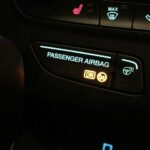
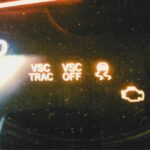
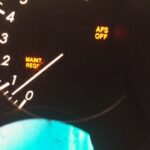




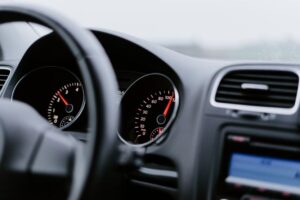
![Read more about the article CV Shaft [CV Axle Shaft Explained – And When to Replace]](https://roadsumo.com/wp-content/uploads/2021/12/CV-shaft-300x200.jpg)